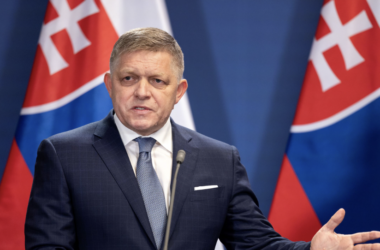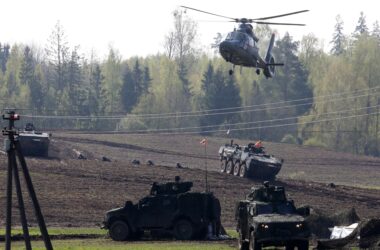Hungary has made a massive leap in military investment, boosting its defense budget by 225 percent over the past decade. This surge places it third among NATO nations in terms of military spending growth, outpaced only by Lithuania (325 percent) and Latvia (315 percent), according to Világgazdaság.
Back in 2014, NATO urged member states to allocate at least 2 percent of their GDP toward defense. At the time, only a handful met this benchmark. Today, while some nations have stepped up, nine still lag behind: Italy, Spain, Portugal, Canada, Belgium, Luxembourg, Slovenia, Croatia, and Iceland. Notably, Iceland, despite being a NATO member, doesn’t maintain its own military force.
Among the alliance, Poland leads in defense expenditure relative to its economy, allocating 4.1 percent of its GDP—surpassing even the United States’ 3.4 percent. Hungary, now at 2.1 percent, has officially crossed NATO’s spending threshold. Meanwhile, NATO’s newest members, Sweden and Finland, have also committed to meeting the alliance’s financial expectations.
Former U.S. President Donald Trump has pushed for an even steeper target, suggesting member states should invest 5 percent of their GDP in defense. However, many nations view this as unrealistic. Yet, following Russia’s invasion of Ukraine, fear of further aggression has spurred countries to bolster their military capabilities, leading to increased spending across the board.




